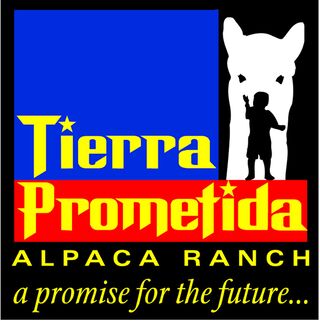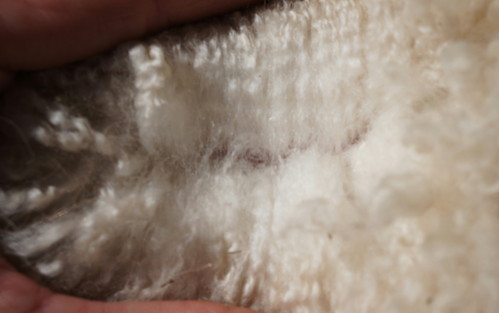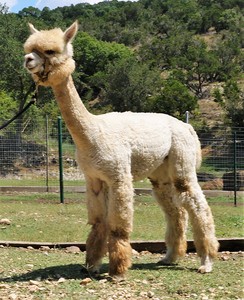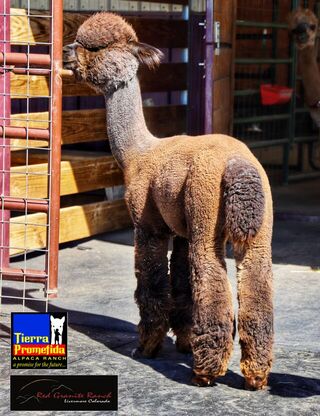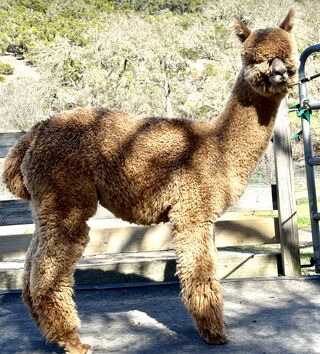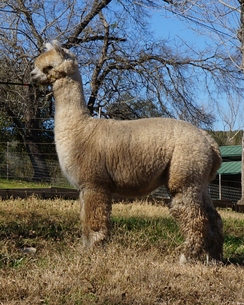EPD's and Stuff
Breeding with Purpose ON Purpose
Consistent success in just about anything requires intentional, purposeful effort.
The same can be said about successfully breeding alpacas. Breeding decisions should be purposeful and intentional. There should be more design and less happenstance in our breeding decisions.
There are several objective tools that we use to help us make our decisions.
Pedigree. The ARI (Alpaca Registry) provides DNA verification of parentage. The accuracy of this registry and database is the cornerstone of many of our breeding decisions. Without 100% trust in the accuracy of our DNA verification, our Pedigrees and EPD's are worthless. Therefore, we MUST rely on and insist that our registry use the most up to date and accurate DNA testing available.
EPD's. Expected Progeny Differences are statistical numbers that predict the effect that a given animal will have on specific traits such as fleece fineness, % fibers> 30, mean curvature, etc in their offspring compared to an average mate. There are some great articles in the ARI database that go into more details. More info on EPD's Jubilee's EPD's on ARIlist Most of Jubilee's EPD's are in the <
Skin Biopsies. Skin biopsies can reveal a multitude of characteristics. The most obvious one is density. It is reported as the number of hair follicles per square mm. The symmetry and organization of the follicles often is best in the densest, most compact fleeces. The presence of glands should correlate with the nutrition of the follicles. Another important measurement is the Secondary to Primary follicle ratio.(S/P) The variation in micron size between the secondaries and primaries is particularly important and is easily measured on skin biopsy. Obviously, the closer in micron the secondaries and primaries are, the more consistent and desirable the fleece because it will have less prickle. We did a skin biospy on TP Matrix Jubilee at 2.5 years of age with Dr Norm Evans.
"His true density is a freakish 107.73 follicles SQ MM of skin and his S/P ratio is 12.6 to 1. ... 4 of 4 gland presence ...this level of gland presence seems to be a strongly passed male genetic trait. 100 secondary fibers average 13.9 microns while 50 primary fibers average 17.4 microns for a spread of only 3.5 microns. I have never seen this level of stats in a male of his age or any male"--Dr Norm Evans.
Show. While showing your animals is a useful tool, it is probably the least objective one available. This is an opportunity to see how the animals measure up against the others in the line-up, but it is more of a subjective assessment and is the least measurable. It is a good way to compare animals to each other at that moment in time. It is probably most useful for assessment of conformation. And shows are FUN!
Histograms. We find it useful to do serial histograms over the years to see which animals hold their fineness and measurable fleece characteristics. It is that genetic fineness that will persist and is one of our major goals in breeding.
June 07, 2013
